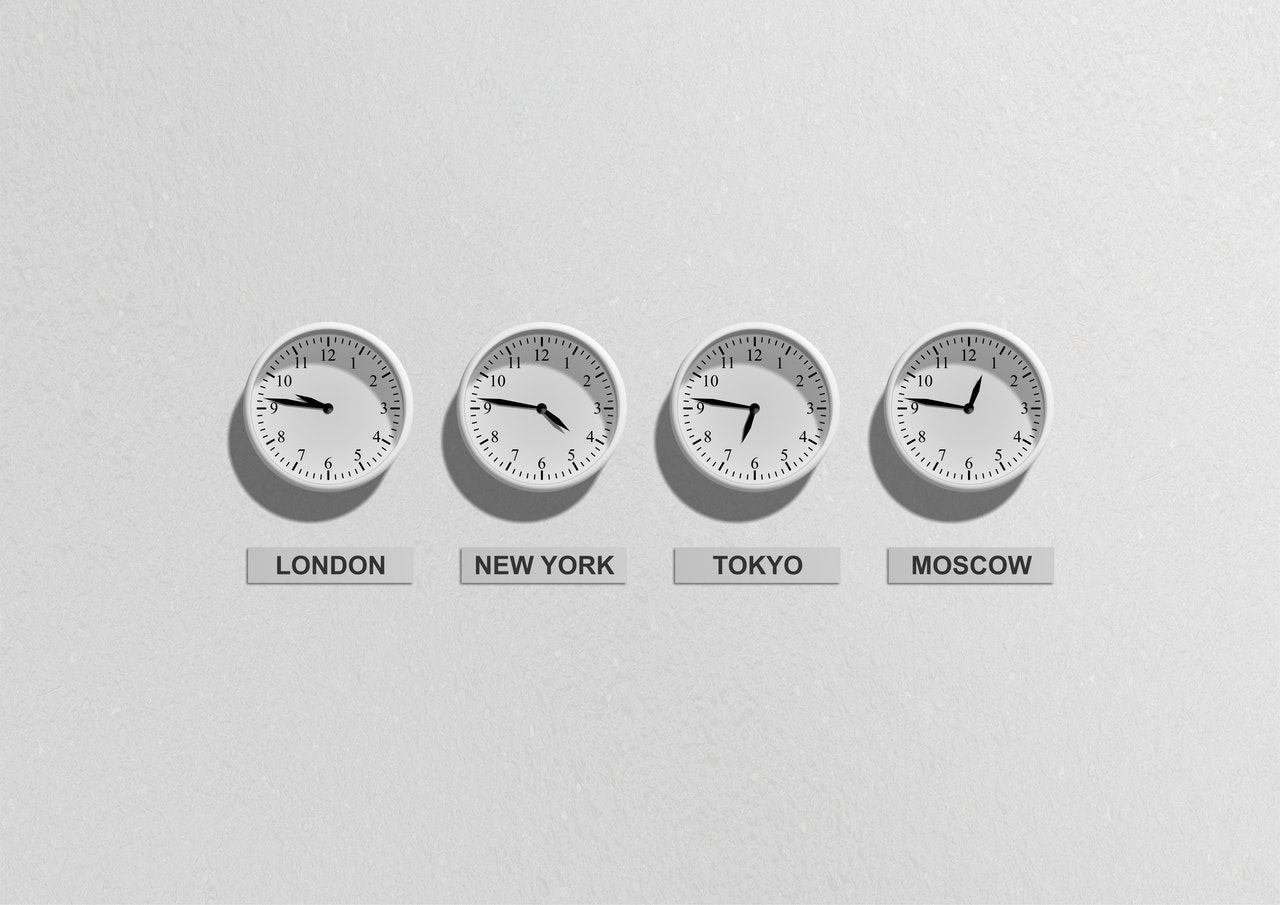

Time management is a crucial skill in today’s fast-paced world. With numerous tasks, responsibilities, and distractions vying for your attention, finding effective methods to manage your time is essential. Time blocking is one such method.
This technique involves scheduling periods of time in your day or week into discrete chunks dedicated to accomplishing particular tasks or activities. Doing so is a great way to hone your focus and get things done faster and better. That said, time blocking may not be the perfect technique for everyone. Read on to learn more about what time blocking is and some ways to get the most out of it.
What is Time Blocking?
Time blocking is a method of time management people use that includes dividing the day into chunks of time. These blocks typically range from 15 minutes to one or several hours. Each block is dedicated to a specific task, activity, or goal. During these blocks, you focus solely on the designated task, minimizing distractions and interruptions.
You gain better control over your day by allocating slots for various activities. As you control your time more, you can maximize your productivity during each block of time. This way you can ensure that important tasks receive the amount of time and attention they deserve. Time blocking is often visualized using a daily or weekly calendar where you fill in subsections with your planned activities.
One of the best ways to practically leverage time blocking is by using a digital calendar. A digital calendar will give you easy access to your schedule from any device so you can always stay on track. It also provides the option to add recurring time blocks for work you know you’ll repeat on a daily or weekly basis. Such a platform only adds to the benefits that already come from traditional time blocking.
The Benefits of Time Blocking
As a time-management technique, time blocking boasts some serious advantages, not least of which is increasing productivity. You see, one of the greatest enemies of productivity is multitasking. While you may feel like you’re getting more done at once, multi-tasking tends to result in an overall lack of productivity.
When you allocate specific scheduling events for tasks, you’re less likely to procrastinate or get distracted. By focusing on one task at a time you can work more efficiently and accomplish them more quickly and productively. As you continue honing your focus you can even begin to more reliably achieve a state of flow. Flow states are characterized by states of deep focus and concentration, which can lead to higher-quality work and creative thinking.
Increased productivity can also help you reduce stress. Knowing that you have time dedicated to accomplishing important tasks can help alleviate feelings of being overwhelmed. With a clear plan for your day, you can approach your tasks with confidence. Developing your ability to block time can lead to a better work-life balance. Because time blocking applies to work, pleasure, and leisure, you can use it to create a holistic balance in your life.
Time Blocking Techniques
There are quite a few different ways to go about time blocking. There’s no one-size-fits-all approach, so try different techniques to see which works best for you. Here are a few to get you started:
Basic Time Blocking
First, sit down and make a list of all of your priorities. Based on deadlines, rank each item from one to ten with one being the highest priority and ten being the lowest. Then choose your highest priority tasks and break them into smaller subtasks.
Doing the dishes could be broken down into collecting dishes, washing, and drying, for example. Allocate blocks of time to each subtask, starting with the first in sequential order. You can do this for almost any activity, making basic time blocking highly versatile.
Do your best to mix sequential tasks with priority tasks. A task being the first in sequence usually increases its priority. However, don’t let sequence overwrite the importance of deadlines. Don’t focus on gathering dishes if doing so will make you late for work, for example. While that’s a clear-cut example, do be careful not to conflate priorities. The more you practice time blocking the better you’ll be about determining what are real priorities and what are distractions.
Time Theming
Time theming is similar to basic time blocking except you base your blocks around certain themes. For example, you could designate Mondays for meetings and administrative tasks whereas Tuesdays are dedicated to deep work. The main advantage of using this technique over basic time-blocking is that you reduce context-switching.
Context switching refers to the act of shifting your focus or attention from one task or activity to another. This process takes mental energy each time and can lead to a kind of fatigue called cognitive overload. The more rapidly you switch contexts, the more likely you are to suffer from cognitive overload. Think of the different mental framework you need to fold laundry versus ironing out a spreadsheet.
Not only does context switching impair your immediate productivity, but can also reduce your capacity for deep focus in the long run. On the flip side, time theming can actually help facilitate your ability to focus deeply. By keeping your time blocks on theme you mitigate context switching and thereby reduce your working experience of cognitive overload.
Agile Blocking
Unlike basic and theme blocking, agile blocking takes a dynamic and flexible approach that allows you to adjust your schedule on the fly. While reducing cognitive overload and context switching is important, sometimes priorities change and you need to address them quickly. Agile blocking takes this into consideration, sacrificing some context-switching for adaptive priorities.
Continuous agile blocking involves continuously evaluating and adjusting your schedule throughout the day or week. Rather than sticking to a rigidly defined plan, you remain open to changes, expecting them to come. This kind of blocking is especially useful if you work in a highly dynamic environment or are responsible for managing multiple projects at once.
One of the goals of agile blocking is to prioritize tasks and activities that deliver the most value. So to make the most of agile time blocking, it’s better to divide your time into shorter chunks rather than day-long segments. Each chunk represents a short, focused period of work dedicated to a specific task or project. These chunks can be more easily recontextualized than large swaths of time. Consider agile blocking if you’re in a freelance or management position where your priorities change often.
Who is Time Blocking For?
While time blocking offers numerous benefits, it may not be the ideal approach for everyone. Whether it is right for you depends on your personality, work style, and specific needs. Consider these factors when deciding whether time blocking would work for you.
Blocking ends to be more useful for individuals who thrive on structure and prefer to have a clear plan for their day. If you’re a natural organizer and enjoy sticking to schedules, time blocking may be a good fit for you. Those in fields that require design, writing, research, and data analysis could benefit from time blocking, for example.
Conversely, those in management or customer service positions may find it difficult to hone in on long stretches of deep work. Time blocking may also feel too restrictive if you prefer a flexible and more spontaneous approach. While agile blocking can accommodate this somewhat, it still adheres to the rigid foundations of time blocking. The great thing about this technique is that it’s something you can implement and test. See whether or not it works for you by incorporating a periodic review of it into your blocked schedule.
Review and Assess
Is time blocking for you? Discover how effective blocking is for you by including a periodic assessment of your scheduling into your schedule. To do this you need a way to measure and evaluate your scheduling results. Start by defining clear goals for your time and set up key performance indicators that align with those objectives. Example KPIs could include task completion rate, work time spent focused, distraction reduction, and so on.
Track your time blocks and see which consistently meet your KPIs. These measurable benchmarks will help you gauge the impact of your blocking. Determine what you did during the more successful blocks of time. Then see if you can leverage those techniques, things, and places to greater advantage.
Similarly, examine your least productive blocks to determine what isn’t working. What kept you distracted, and what could you do better next time? Set a regular, periodic review during your schedule to ask these kinds of questions so you can get the most out of time blocking. When done right, time blocking can prove to be an incredible technique for improving efficient and effective productivity.
Featured Image Credit: Photo by Pexels; Thank you!











Angela Ruth
My name is Angela Ruth. I aim to help you learn how Calendar can help you manage your time, boost your productivity, and spend your days working on things that matter, both personally and professionally. Here's to improving all your calendars and becoming the person you are destined to become!